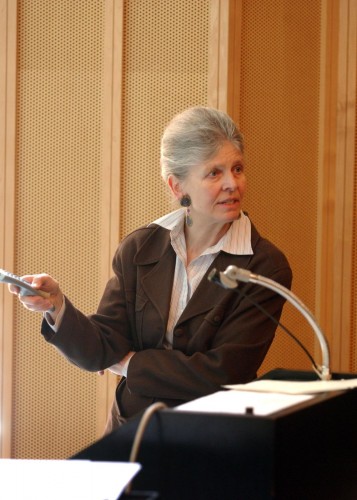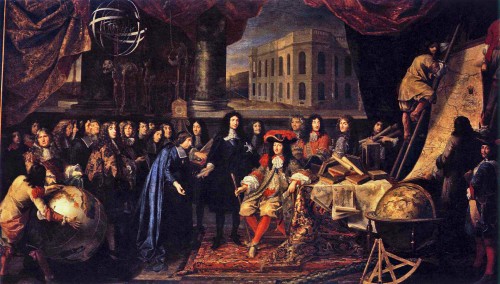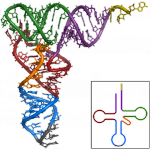
Yale University’s Joan A. Steitz, Sterling Professor of Molecular Biophysics and Biochemistry and Howard Hughes Medical Institute Investigator, will receive the 2013 Grande Médaille from the French Academy of Sciences. Each year, the Academy bestows the Grande Médaille as its highest honor to a French national or foreign researcher who has “contributed in some remarkable and decisive way to progress in his or her field.”

After obtaining her bachelor’s degree in chemistry from Antioch College in 1963, Steitz joined the laboratory of James Watson at Harvard University. There, she began her study of ribonucleic acids (RNA). Throughout her career, she has provided groundbreaking insights into the workings of RNA. Most notably, since joining the faculty at Yale in 1970, Steitz has shown that ribosomes bind messenger RNA (mRNA) during translation through complementary base pairing and that a class of non-coding RNA, small nuclear ribonucleoproteins (snRNPs), exists to splice introns from mRNA following transcription. With her group, Steitz continues to discover “new, wonderful, and sometimes bizarre examples of how the power of [RNA] base pairing controls and sets the foundation for so many things that go on inside cells.”

In addition to her pioneering research, Steitz is also recognized for promoting the involvement of women in science. When Steitz began her career, few female role models existed in molecular biology. Steitz has since become a prominent and respected leader in the field. Regarding her Grande Médaille, Steitz hopes that “whoever reads the publicity…sees that women are making contributions just like men to science.”

